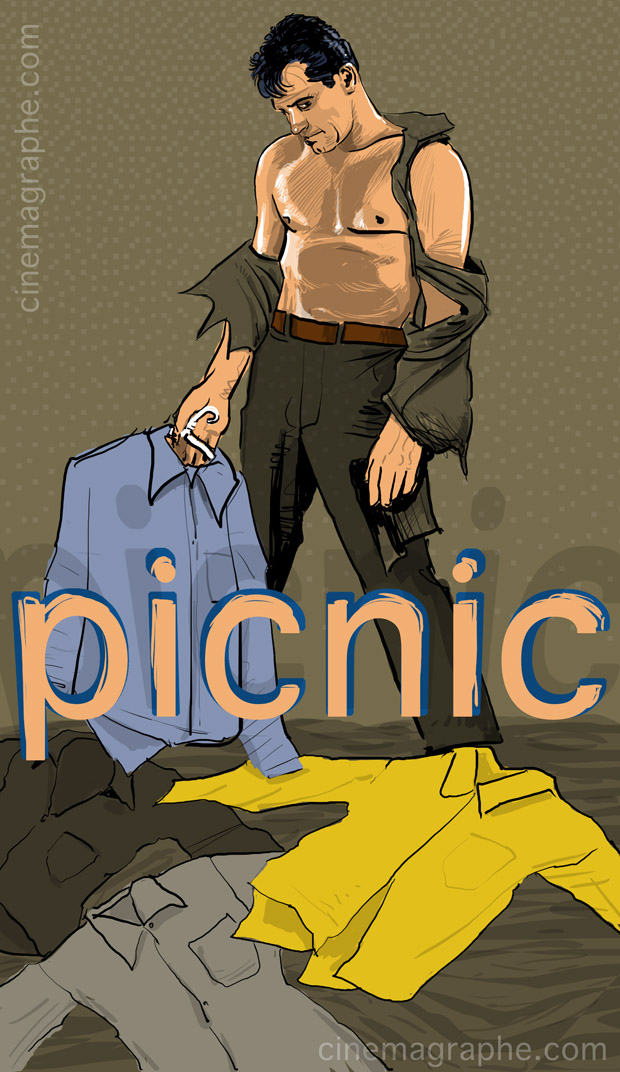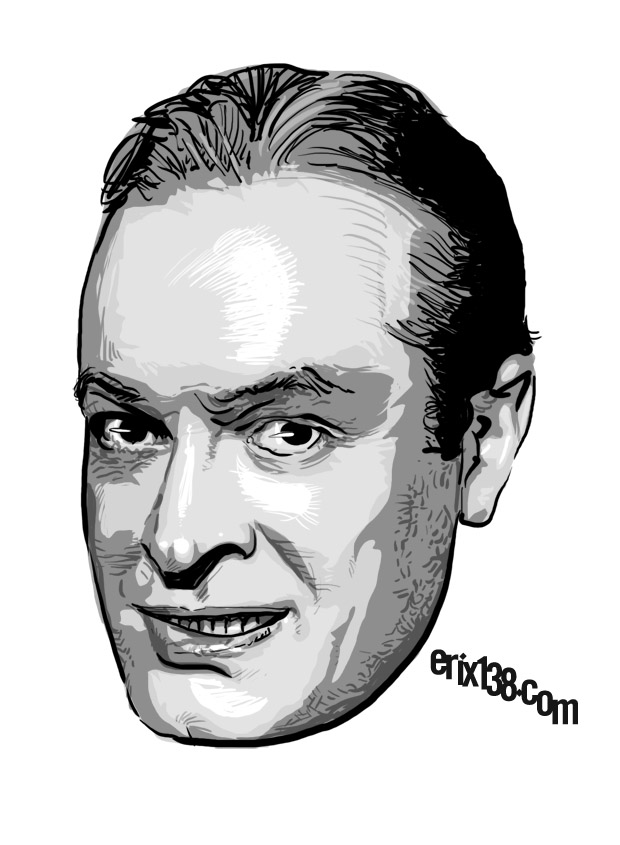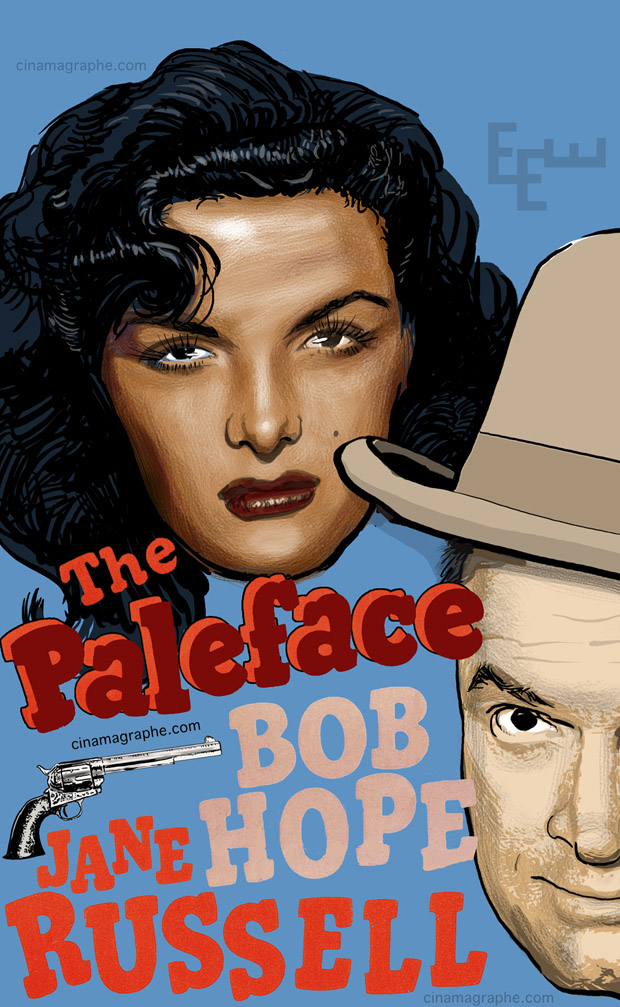Archive 536
September 11, 2022
Gina Lollobrigida, age 95, in hospital
Story at Eleftherostypos [in Greek, see English using Google Translate]
Gina Lollobrigida, once an icon of Italian cinema, was taken to the hospital. She is being treated for a broken thigh. Doctors say her condition is nothing to worry about, but remain cautious due to her advanced age.
Marsha Hunt has died – 1917-2022
Marsha Hunt, '40s star and blacklist victim, dies at 104 – AP Associated Press
Marsha Hunt, 1917-2022: An Appreciation of One of Hollywood’s Genuine Heroines – Variety
Marsha was the final survivor of the Committee of the First Amendment, an action group of film actors, directors and writers founded by screenwriter Philip Dunne, actress Myrna Loy, and directors John Huston and William Wyler. Members of the group flew to Washington D.C. on October 27, 1947 to protest the HUAC hearings investigating so-called subversive Communist influence in the motion picture industry. From a public relations perspective, the group’s involvement backfired and many people in the group subsequently had to seek political cover. After the pamphlet “Red Channels” was published in June 1950, naming Marsha and 150 other artists, journalists and writers by falsely portraying them as subversives who were manipulating the entertainment system, she had a great deal of trouble finding work in Hollywood.
Actress Marsha Hunt, who faced blacklist, dies at 104 – UPI Press
Marsha Hunt, Actress Turned Activist, Is Dead at 104 – NY Times
To see more movie poster art
Review: Picnic 1955

William Holden struggles to hold onto hope, his dignity and a fully functioning shirt through the course of the 1955 Picnic, a rapid-moving melodrama that compacts its story into a twenty-four hour period over a Labor Day holiday. All three challenges are examined through Holden's characters interactions with the rest of the cast, and the various background stories for everyone fleshes out a fully-told tale through the highly compressed time-span. Film also features a young Kim Novak as a local beauty who is tired of being stared at and thought of as something not exactly human.
Mini-Review: The Tall Men, 1956
Gorgeously filmed tale of a cattle drive up against an endless number of obstacles. Many of the problems are built in because of the personality clashes between the characters played by the four leads: Clark Gable, Jane Russell, Robert Ryan and Cameron Mitchell. The wide screen photography is excellent and the scope of the trail ride and the physical labor of endurance and ingenuity to get the huge cattle herd moved is well told.
Cameron Mitchell is a loose cannon younger brother to the more even-tempered trail-boss Clark Gable which means we see a lot of confrontations and tests of brotherly love. There's bandits ("Jayhawkers" in the Missouri section of the movie), snow, dangerous Sioux indians, and plenty of other challenges along the way as we span the distance of Texas to Montana.
Robert Ryan portrays the partner who is funding the cattle-drive and who is obsessed with playing the odds carefully. He is also on a quest to win personal renown to boot. As a competitor for Jane Russell's characters affection, a race Gable seems to hardly be interested in running, at least at first, there's not much of a contest between Gable and Ryan, but in cattle drive stories, lots of things happen over the course of the journey.
Visually the movie holds up well against other cattle-drive epics, the color in The Tall Men is excellent at giving a sense of the immensity of the project of hustling a massive cow herd across plains, mountains, rivers and more. The sub-story of romantic attraction works out in a way that is a pretty safe to predict, considering how the billing runs in the film, but isn't entirely negligible, and the leads here all provide character potrayals that are interesting and utilize the skills of each performer. Robert Ryan and Clark Gable are both "tall men," and Cameron Mitchell might not be a great big guy but he fills up the screen with his portrait of an alcoholic gunslinging kid brother who should learn to control himself better, but tragically won't.
Jane Russell is equipped with the sarcastic patter (and a few tunes to sing) that worked well in other films she appeared in during the course of the 1950s, but in The Tall Men she comes off better at being included in the story instead of being the story, and that's all to the good, with director Raoul Walsh keeping everything nicely balanced between all of the characters, fantastic visuals, and the What Will Happen to Them Next? plot.
Mini-Review: The Lost Continent, 1951
"Ironic, here we are sleeping on top of the richest Uranium field known to man."
"Give's one a real cozy feeling, if you don't mind having nightmares."
Lost Continent is plagued by low budget movie problems such as too much time spent watching people walking, climbing, doing it all over again, and looking at scenery not shown to the audience. They're entranced by what they see but we're not really given much of it to inspect ourselves. Monsters are hinted at but not shown, and then when they finally are... well, this is 1951 and we get a combination of actual lizards photographed and blown up on the screen to seem "gigantic," and there's some stop-motion animation in a tableau of two triceratops battling each other. This isn't King Kong (1933) level animation, but it is fascinating as an example of clay stop-animation. For a 21st century audience it will seem quite dated and in 1951 it isn't too well integrated into the "look" of the rest of the film, either.
Cesar Romero and the (almost) all male cast portray uniformed men hunting for a wayward American "atomic rocket" that must be recovered from a South Pacific atoll. They are warned that "no one ever comes back" from the area they plan to search by Acquanetta as a Polynesian native girl (Acquanetta was actually Arapaho Indian), a warning the men ignore. When they immediately press onward on the mission, we never see Acquanetta again, though she is very prominent on the release poster and promotional photos indicate she must have been intended for a few Fay Wray sized-scrapes with monsters. Unfortunately, we get none of that and must make do with military men crabbing to one another about the hard task at hand as they walk, climb, sleep, and then do it all over again.
The dialogue is abundant and we have arguing, characters reminiscing about things that happened to them in the past, and some of this contains witty lines and a cynical-flavored military humor that tries to rise above the main task: filling up the run time with cheap dialogue versus expensive science fiction effects. It doesn't ever really balance out very well, but as a proto-version of stories to come later from Hollywood (for example Journey to the Center of the Earth and Jurassic Park) this film pushes forward various ideas about men mixing it up with dinosaurs, including a long section in which the black-and-white movie is tinted green to portray the effects of radiation.
Review
Salome, Where She Danced – 1945

This movie is disparaged in many places as a terrible film, one of the "worst screen debuts ever produced from a major studio" (i.e., this is Yvonne DeCarlo's first movie via Universal), and often tagged as "the camp classic of all time."
Review for Salome, Where She Danced – 1945
Review: Here Come the Girls – 1953

"In the year 1900, there lived a chorus boy named Stanley Snodgrass, who worked his way up from the gutter... only to discover that he had a round trip ticket."
Stanley Snodgrass (Bob Hope) is convinced he belongs on the theater stage, an ambition he gets from his mother (Zamah Cunningham) who has groomed him for stardom despite the objections of her husband (Millard Mitchell) and also despite a complete lack of demonstrable ability in the son.
More review at Here Come the Girls – 1953
Mini-Review: Bullet Train – 2022
IN THEATRES
"Bullet Train" is an apt title for a film with many flying bullets aboard a high-speed Japanese passenger train. The film begins with every seat filled, but soon enough the only people left after the passengers exit at various stations are a group of battling assassins. We learn later that every seat has been purchased by a mob warlord, and our main characters begin moving back and forth between the train cars like levels in a video game.
Meanwhile, the film hero "Ladybug," (Brad Pitt) a slightly bumbling (though still lethal) veteran of violent missions from the past is now trying to calm himself down, perform only simple "snatch and grab" jobs under the guidance of his handler (Sandra Bullock), and tries to find some way to perform these tasks without killing anyone, quite a challenge as he is targeted over and over by others without the same scruples. There is a ratcheting body count as the tale unfolds involving who is on the train and some people who are not.
Fast-paced, full of humor (enough that saying this is a "comedy-action film" wouldn't be wrong) and highly stylized, Bullet Train is reminiscent of films that have come before (I thought of Lucky Number Sleven, for example). The stunt work is first rate and the tale has plenty of hidden folds to it such that the story expands considerably by the time we get to the ending.
Directed by David Leitch, this movie is tattoos, guns, R-rated profanity and Japanese pop-culture with Brad Pitt forced to use benign objects to defend himself as he tries to tell each opponent one at a time "there's a wall between us, but it's artificial. In the wall is a window, wait a minute, I mean a door..."
What's Recent
- The Devil and Miss Jones - 1941
- Sinners - 2025
- Something for the Boys - 1944
- The Mark of Zorro - 1940
- The Woman They Almost Lynched - 1953
- The Cat Girl - 1957
- El Vampiro - 1957
- Adventures of Hajji Baba – 1954
- Shanghai Express 1932
- Pandora's Box – 1929
- Diary of A Chambermaid - 1946
- The City Without Jews - 1924
- The Long Haul
- Midnight, 1939
- Hercules Against the Moon Men, 1964
- Send Me No Flowers - 1964
- Raymie - 1964.
- The Hangman 1959
- Kiss Me, Deadly - 1955
- Dracula's Daughter - 1936
- Crossing Delancey - 1988
- The Scavengers – 1959
- Mr. Hobbs Takes A Vacation - 1962
- Jackpot – 2024
- Surf Party - 1964
- Cyclotrode X – 1966
Original Page April 20, 2022


